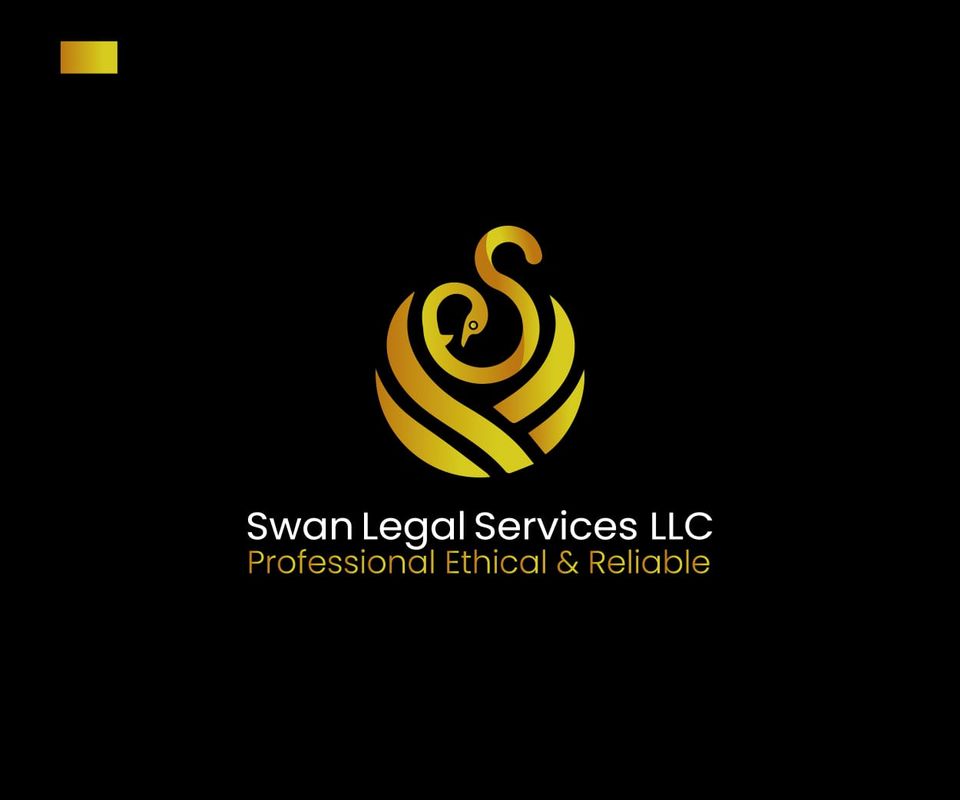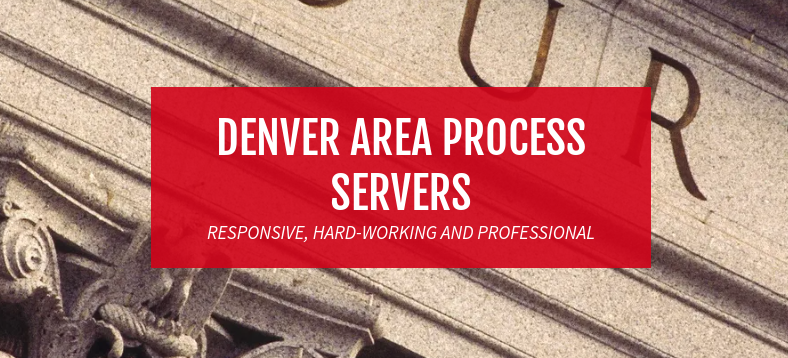 Eviction Process in New Mexico
Eviction Process in New Mexico
State-Specific COVID-19 Resources
Landlord-tenant arrangements are temporary. A rental can last one week or ten years. Most renters will move at some point in time. Sometimes the decision to move out is the result of the landlord trying to evict the tenant. Sometimes the tenant wants a larger apartment or one closer to a job. This section of the guide will discuss both situations.
A. Voluntary cancellations of leases and rental agreements
When a tenant decides to move out, there are several things to consider. First, the tenant will need to check on the proper notice to give the landlord. Leases that have no specific termination date (month-to-month or week-to-week rental agreements) continue automatically until they are ended by a written notice from either the landlord or the tenant. The landlord does not need to give any reason for ending the agreement, but s/he must give the tenant written notice in order make the tenant move. Similarly, the tenant can leave for any reason, but the tenant must give the landlord written notice, too. If the tenant does not give the landlord advance notice, the tenant may owe the landlord for rent for some time after moving out.
Find other Legal Forms – Select the State you need forms in find thousands of legal forms.
 DOWNLOAD FORMS YOU WILL NEED FOR THE EVICTION IN NEW MEXICO
DOWNLOAD FORMS YOU WILL NEED FOR THE EVICTION IN NEW MEXICO
New Mexico Landlord Tenant Eviction / Unlawful Detainer Forms Package
 The New Mexico Rental Agreement
The New Mexico Rental Agreement
New Mexico Residential Landlord Tenant Rental Lease Forms and Agreements Package
1. How much notice do I have to give?
The length of the notice required depends on how often the tenant pays rent. In a week-to-week tenancy the notice must be given 7 days in advance. A 30 day notice is required in a month-to-month tenancy. Remember, however, that the notice periods mean 7 or 30 days before the next rent payment is due, so if the landlord gives a notice on May 10 to a tenant who pays rent on the 1st of the month, the notice will not be effective until the end of the next full month (June 30). Notice given on the day rent is due often is not sufficient because a full 30 days will not pass before the first day of the next rental period. Notice should generally be given on the day before rent is due, except for February which would require notice by January 28 or 29.
For fixed term leases, for example, a lease running from September 1, 2005 to August 31, 2006, there is usually no notice requirement, because the lease simply ends on August 31, 2006. However, notice is still customarily given on such leases so that there will be no question about an automatic renewal. A provision for automatic renewal may be contained in the lease, and the tenant should check for such a clause.
2. Failure to give proper notice
The tenant will be liable for damages the landlord suffers because of a failure to give proper notice. In a monthly agreement, the tenant can be liable for the rent for the next rental period. This amount can be deducted from the deposit, or the landlord can take the tenant to court for the damages. However, the landlord is required to make an honest effort to reduce damages by trying to get a new tenant. After the apartment is rented, the landlord cannot collect double rent. At that point, the remaining deposit, after subtracting for the amount of time the place was vacant, must be returned to the tenant.
Fixed term leases pose a real problem for the tenant who wants to move out early. The tenant, regardless of the notice given, may be liable for rent for the full term, and this can be a lot of money. In such a situation, the landlord still has the duty to reduce damages by trying to rent the place as soon as possible, but the tenant will be liable for the landlord’s costs in advertising and showing the property as well as any other costs incurred in getting the new tenant. Some leases allow the tenant to move out without the full notice being given if the move is required by military transfer or an involuntary job transfer.
3. Subletting
If the tenant with a fixed term lease wants to move out early, the tenant could try to arrange a sublet (or “sublease”) agreement to minimize the risk of being held liable for damages. A sublet is when the original tenant moves out and rents the apartment to someone else. The only time the landlord’s permission is required to sublet is when the lease expressly forbids subleasing. However, it is a good idea to advise the landlord about the plan to sublet, both to avoid unnecessary problems for the tenant and the subtenant. Unless the landlord has agreed, the tenant will be responsible for any damage or unpaid rent of the subtenant.
The landlord will be much more likely to allow the tenant to break the lease if the tenant has found a suitable tenant to take his/her place. If this is done without the knowledge or consent of the landlord, when the landlord’s consent is required, the new tenant may be evicted when the landlord finds out. Even when consent isn’t required, the new tenant may face a lot of unnecessary hassles if the landlord hasn’t been informed in advance about the new arrangement.
A sublet agreement should be in writing, signed by the new tenant and the landlord. A sublet includes the risk that the original tenant will still be responsible to the landlord if the new tenant breaches the lease or moves out early. For these reasons, the tenant who wants to sublet would be well advised to obtain a security deposit from the new tenant, put together a list of damages to the property at the time of the sublet, and arrange to have all utilities put in the new tenant’s name.
In some cases, the landlord will agree to a release of tenant obligations. Such a release may occur instead of a sublet, where the landlord simply accepts the new tenant and enters a new lease. In other situations, the landlord may agree to release the first tenant by canceling the lease but these situations are rare. In any event, any such agreement for a release should be in writing and signed by the landlord.
B. Eviction
If a tenant fails to move out after giving or receiving a proper notice ending the tenancy, the landlord may evict the tenant. The landlord must go to court to evict any “holdover” tenant. This includes:
(1) a tenant who has given notice canceling the lease but who stays in the apartment;
(2) a tenant who has received a proper 7 day notice ending a week-to-week tenancy;
(3) a tenant who has received a proper 30 day notice ending a month-to-month tenancy; or
(4) a tenant who has given or received the required notice ending a fixed term lease.
If the landlord does not agree to let the tenant stay on, eviction can follow.
If the landlord wants to evict a tenant for non-payment of rent, for a breach of the rental agreement, for a “substantial violation”, or for some other breach of the tenant’s obligation, the landlord must give the required notice of termination, let the time in the notice run, and then file in court for eviction. The sections of this guide entitled “paying rent” and “tenant obligations and responsibilities” set out the proper reasons for termination by the landlord and the types of notices required in each situation.
Once the landlord files the eviction action, the tenant will be served with a summons and a copy of the landlord’s complaint. The summons will tell the tenant the court date for a hearing on the eviction action (between 7 and 10 days after the summons is served). If the tenant has any questions about the eviction, the tenant should seek legal advice. There may be defenses to the eviction in court or the tenant may have claims of his or her own to raise in a court action by counterclaim. If the tenant does nothing, however, s/he will be in “default” and will lose the case.
If the tenant has no argument against the eviction and is able to move out by the end of the notice period, it is often a good idea to move and avoid going to court. Many landlords do not want to rent to tenants who have been evicted in the past. Even if the court hearing has already been scheduled, moving out before the court date may persuade the landlord to have the case dismissed. If the landlord goes to court after the tenant has moved, the tenant may still be liable for back rent, damages, and court costs and attorney fees. If the tenant does not know that the landlord has dismissed the case, the tenant should go to court to tell his or her side of the story and try to minimize any damages that might be awarded.
C. Illegal evictions
Like any lawsuit, evictions are usually the result of a dispute that people have not been able to work out. One party sues and the other party defends. However, there are some times when a party brings a lawsuit for improper reasons. There are other times when a party tries to use illegal methods to get the result that the party should seek in court. This section talks about examples of both types of illegal evictions.
1. Retaliatory evictions
If the tenant has requested repairs, asked for a code inspector to examine some problem affecting health and safety at the rental property, abated rent, or otherwise properly insisted that the landlord fulfill his or her legal obligations to the tenant, the landlord may try to get the tenant evicted. The same thing may happen if the landlord learns that the tenant is involved in a tenants’ association or has filed a housing discrimination complaint against the landlord. In other situations, the tenant may have won a previous eviction action or testified for another tenant in a case against the landlord, and the landlord decides to punish the tenant by filing an eviction action. If any of these things happened within six months of an eviction action being filed or of any other landlord action taken against the tenant, the landlord may be acting illegally.
A landlord may not, for any of the reasons set out above, try to evict the tenant, increase the tenant rent or deny the tenant services at the rental unit or around the property. Evictions and other actions based on these reasons are called “retaliation” and they are illegal. If the tenant is being victimized by retaliation, the tenant should seek legal advice. Retaliation may be a defense to an eviction action and it may allow the tenant to get damages and a civil penalty against the landlord.
Remember, however, that the landlord may still take actions against the tenant if the tenant has violated the lease or the law. Also, the landlord may raise the rent if it is part of a general rental increase in the apartment building that doesn’t just target the tenant.
Retaliation is often difficult to prove, so the tenant should be sure to have any evidence of the landlord’s unlawful motive ready to present in court. If the landlord or the apartment manager have accused the tenant of being a “trouble-maker” or said other similar things, write them down and note the date the statement was made. If the tenant has any witnesses who heard the statements, or witnesses that know about the efforts the tenant made to protect his/her rights, keep their names, addresses, and phone numbers.
2. Lock-outs
If the landlord has not followed the court eviction procedures, it is illegal for him or her to attempt to force the tenant out of the rental unit by denying the tenant access to the apartment or house. The types of actions that are illegal include the following:
lying about the existence of a court order or committing any other kind of fraud to make the tenant leave;
disabling or changing the locks on the apartment or house;
blocking the entrance to the apartment or the house;
cutting off or interrupting utility service to the dwelling;
removing the tenant’s personal property from the apartment or house;
removing or disabling appliances or fixtures (except to make necessary repairs);
doing anything to intentionally deprive the tenant of access to the dwelling or make the dwelling unfit to live in.
If a landlord takes any of these actions, a tenant should immediately seek legal advice. The tenant has the right to abate rent for the time the tenant is “locked out”. The tenant may bring a court action to compel the landlord to allow the tenant to get back in and the tenant may get damages and a civil penalty in court.
https://nmhealth.org/publication/view/guide/278/
For names of lawyers in your area who are experienced in housing issues,
Find Law Firms on our Directory.
Find The Eviction Process in other States
Nationalevictions.com is for people who are renting or seeking to rent housing. Our site is for Eviction Information Purposes only, Not Intended to replace your Attorney or any Legal Advice. The reader should always remember your legal responsibilities. After all, you may unknowingly jeopardize your rights by not fulfilling your legal rights as a Tenant or Landlord.
Many of the Chapters and Articles are interrelated. This not intended to be an all-inclusive overview, or the best advice in every situation. Please Consult a Lawyer for your Rights and Protection as to the laws of your State. This information is not meant to be a substitute for the advice of an Attorney.












